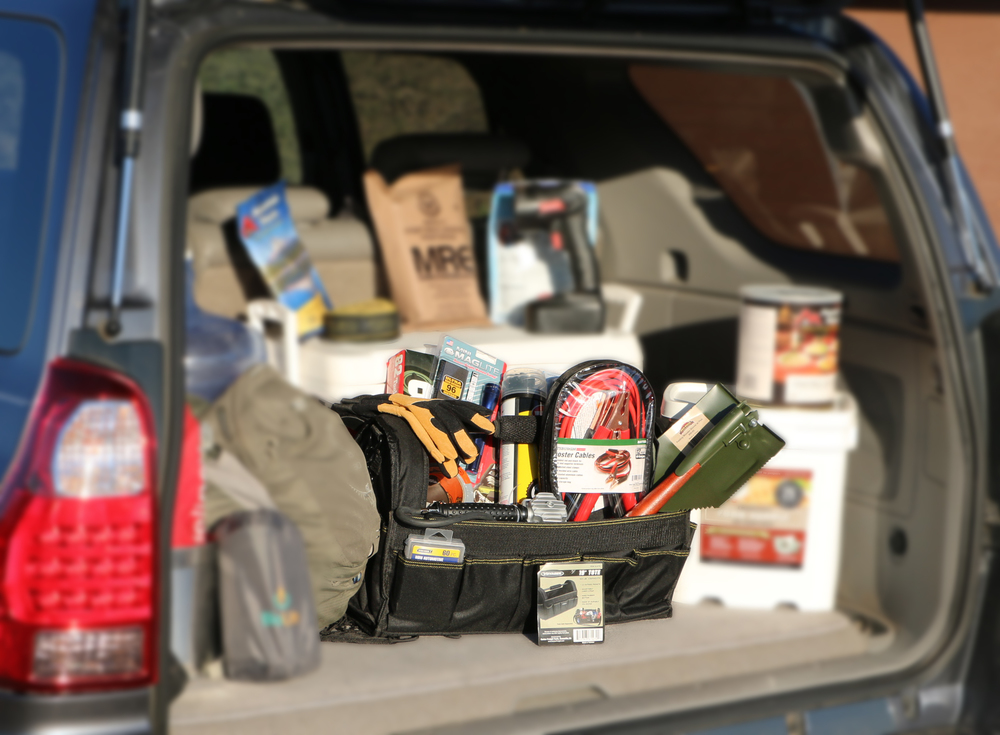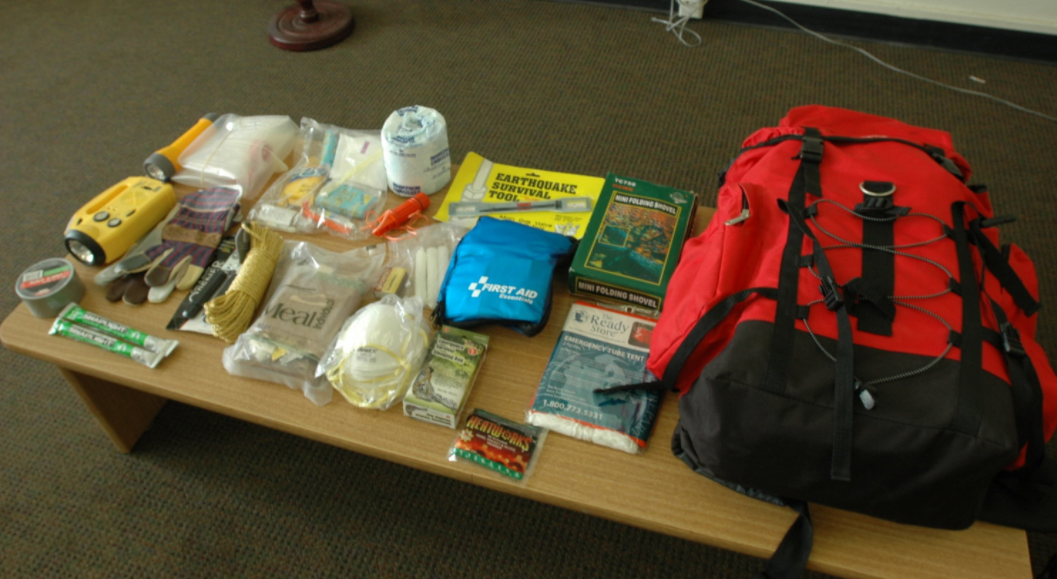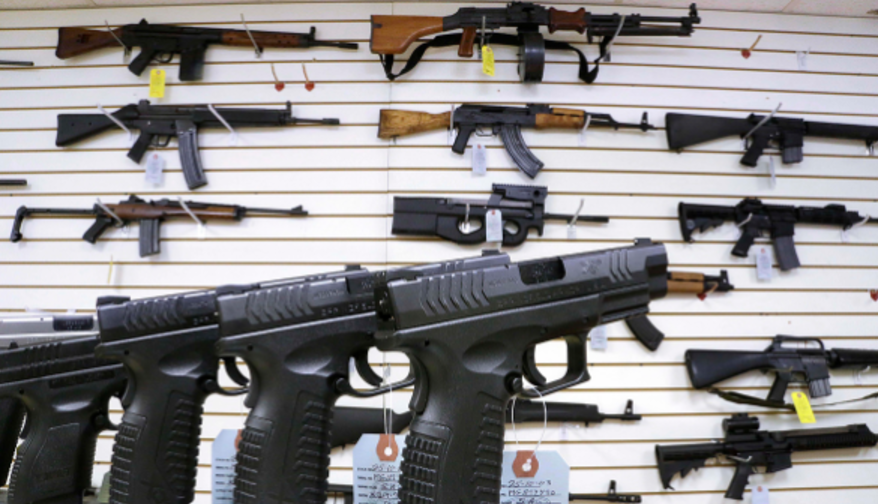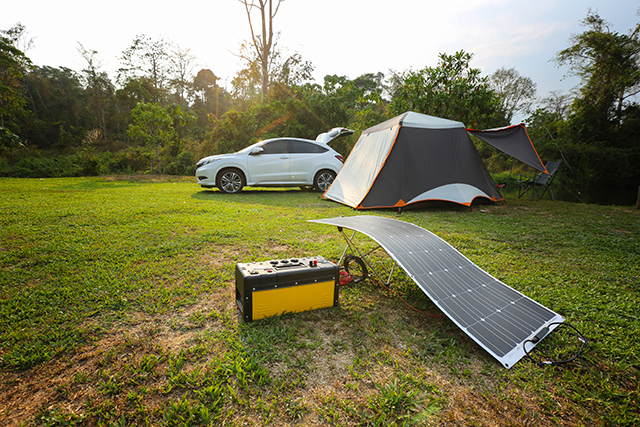How many bug out bags do YOU have? Different emergency situations may call for different types of gear
03/30/2018 / By Ethan Huff

If the area where you live was struck by a major storm, earthquake, or other natural disaster, would you be prepared with enough food, water, and other survival supplies? What about a potential terrorist attack or civil unrest situation in which basic services are suddenly cut off for an indefinite period of time? These aren’t savory thoughts, but they’re important to consider when trying to prepare for a worst-case scenario.
Perhaps you’re familiar with so-called bug-out bags, a popular prepper concept that involves keeping things like storable food, ammunition, rope, water purification, and other survival tools within easy reach for making a quick escape in the event of an emergency situation. Bug-out bags are highly recommended by many survivalists, but which ones work best?
There’s no simple answer to this question because different emergency scenarios require different types of bug-out bags. An emergency situation that involves violence, for instance, including mass terrorism or societal collapse, would require a bug-out bag that’s filled with supplies for long-term survival. A natural disaster scenario, on the other hand, such as flooding or storm damage, is probably more suited to a short-term bug-out bag.
It’s important, in other words, to take a careful inventory of what you might need most in a variety of potential emergency scenarios, and put together a bug-out bag, or multiple bug-out bags, accordingly. If you live in an area that experiences all four seasons, for example, consider what types of clothing, shelter, and survival gear you might need. Think about the quality of the water in your area and what you would need to filter it and make it safe for drinking.
Also consider the scope of a scenario, whether it’s occurring on a local, regional, national, or even global scale. Each type of event would require a different configuration of prepper supplies. A natural disaster localized to your county, for instance, likely wouldn’t require you and your family to spend excessive, or even any, time living out in the wilderness, while a full-scale grid-down event might require escaping to the nearest uninhabited forest or desert area.
Firearms and bullets are always critical, but just remember that you can’t EAT them
Self-defense is always a consideration as well, though different types of events necessitate different types and quantities of supplies. Though they’re typically heavy, firearms and ammunition are almost always a critical element in any survival situation, both short- and long-term. However, if the food supply is suddenly cut off, keep in mind that you can’t eat bullets, so prepare accordingly by stocking up on storable food to keep yourself nourished and fit.
Logistical considerations should also be a priority, especially when it comes to having a fully-fueled vehicle on hand for easy escape. Keeping one or more bug-out bags in the vehicle is also important, as having everything ready in a pinch could be a matter of life or death, depending on the emergency scenario. Pre-planning your escape routes and having your bug-out bags ready will make it easy to jump in your vehicle and leave quickly.
Taking a mental inventory of who in your family is best suited for various tasks in a bug-out situation is also critical. If you have young children, for instance, consider how you might have to haul the majority of the weight as you all trek out of town. If you have strong teenagers, prep them for picking up the slack and teach them in advance about the responsibilities they’ll need to handle when the “trigger is pulled.”
For additional tips on what to pack in your bug-out bags, consider including these 10 must-have survival tools. You can also check out Preparedness.news for more information about preparedness, survival, bug-out tactics, and more.
Sources for this article include:
Tagged Under: ammunition, bug out bags, bugout, Collapse, firearms, Gear, natural disasters, preparedness, societal collapse, survival




















